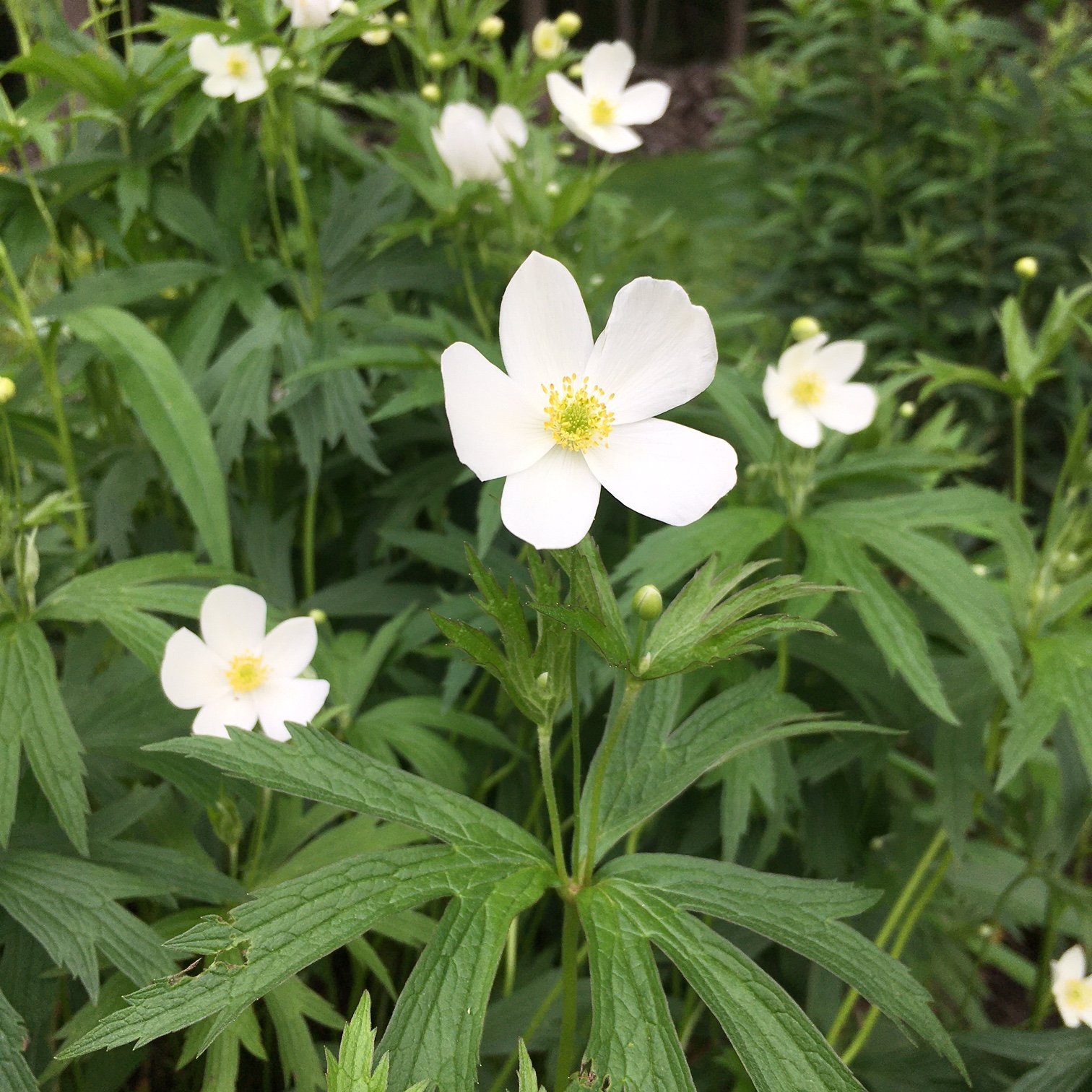HABIT
Height: 1-2’
Bloom Time: late spring
SITE CONDITIONS
Light: full sun, part shade
Soil: medium-wet, average
CULTIVATION TIPS
Establishment: spreads rapidly
Deer Resistance: high, though foliage is consumed by rabbits
INTERACTIONS
Pollinator Support: low
Other: attracts beneficial insects including minute pirate bugs and chalcidoid wasps
CONSERVATION
Native Range: Northeast, Midwest
Seed Propagated: no

